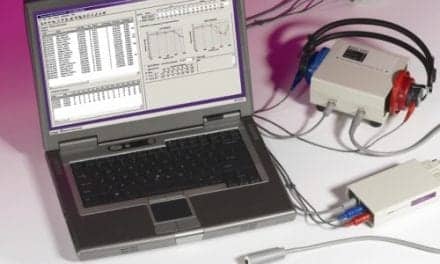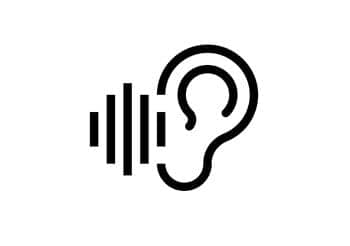Westminster, Colo — The National Hearing Conservation Association (NHCA) is defending its support for the new stricter workplace noise control proposed by the Occupational Safety and Health Administration (OSHA) on October 19, 2010.
Since the announcement, employers and industry groups have raised objections to the cost and implementation. However, NHCA believes that many of these concerns are based on misunderstandings of the proposed change.
In a press release, NHCA reiterated its endorsement for OSHA’s decision to revise the current lenient enforcement policy concerning noise controls. The organization points out that the policy was established over 25 years ago in the absence of rulemaking or public input.
Current rules do not require employers to implement feasible engineering and administrative noise controls until workers’ eight-hour average exposures reach 100 dBA or greater; this level is ten times more intense than the current Permissible Exposure Limit of 90 dBA.
The proposed rules would require all employers whose facilities have any areas with noise levels over 90 dBA to implement noise controls. The need for noise controls is determined by eight-hour average exposures over 90 dBA, not noise levels over 90 dBA. This means that far fewer workers will be subject to the control requirements than if only noise levels were measured.
NHCA further points out that workplaces can still have areas with noise levels over 90 dBA – even levels up to 115 dBA, depending on the length of workers’ exposures – and still be in compliance with OSHA’s proposed policy correction. The noise control requirement is only triggered when workers have eight-hour average exposures over 90 dBA.
Industries reportedly claim that the the alternative exposure reduction method currently allowed by OSHA is effective. This method allows for eight hour average exposures between 90 and 100 dBA to use use of earplugs or earmuffs. NHCA says that these methods have been demonstrated to provide insufficient protection for many workers–if they are used at all.
NHCA also reports that employers are concerned that the changes will have a broad and substantial economic impact that will eliminate jobs and reduce competitiveness. Howver, accordig to OSHA, in 1981, there were about 19% of US manufacturing workers who had eight hour average exposures above 90 dBA. With this in mind, NHCA stated that this 19% figure is undoubtedly lower today because of outsourcing, automation, and other factors.
According to NHCA, professionals in industrial hygiene and noise control engineering now estimate that about 10% of workers enrolled in hearing conservation programs are exposed to eight-hour average exposures greater than 90 dBA. These are the workers to which the new policy applies. Thus, the NHCA concludes that the vast majority of US workplaces will not be affected by the proposed policy correction, though it concedes that "there are some industries with a higher percentage of over-exposed workers.“
As to the complaint that the OSHA proposal is not needed because hearing conservation programs are working and hearing protectors are effective. NHCA said that hearing protectors are often resisted by workers, are commonly worn for insufficient durations, and fail to provide the expected noise reduction. In addition, NHCA said that studies have shown that workers continue to lose their hearing in spite of the presence of hearing conservation programs because many programs rely on the workers’ use of hearing protectors instead of implementing noise controls.
Rick Neitzel, PhD, CIH, immediate past president of NHCA, said in the press statement, "Those companies that are affected by the proposed change are probably experiencing ongoing problems with noise-induced hearing loss, and will benefit in the long run from exposure reduction through noise controls. In addition, noise controls, which are often thought to be difficult to develop and complex to implement, can also be an inexpensive and expedient means of achieving compliance.”
The NHCA says that OSHA’s proposed changes are more of a policy correction than an entirely new set of regulations. The organization said in its statement that these changes represent a return to the original intent of OSHA’s noise regulation, which is to institute engineering or administrative controls for employees with eight-hour average exposures over 90 dBA.




